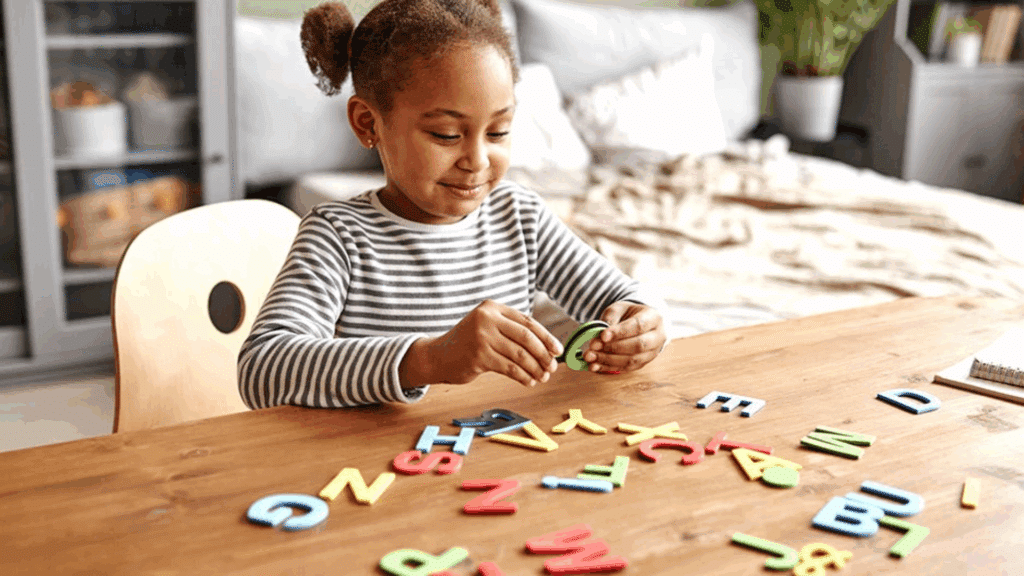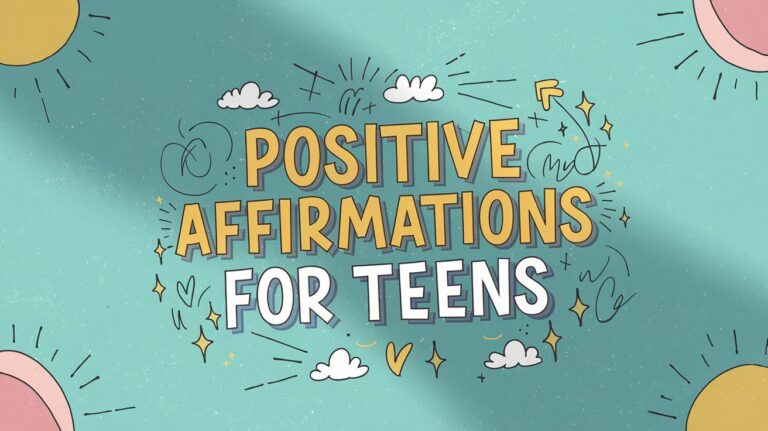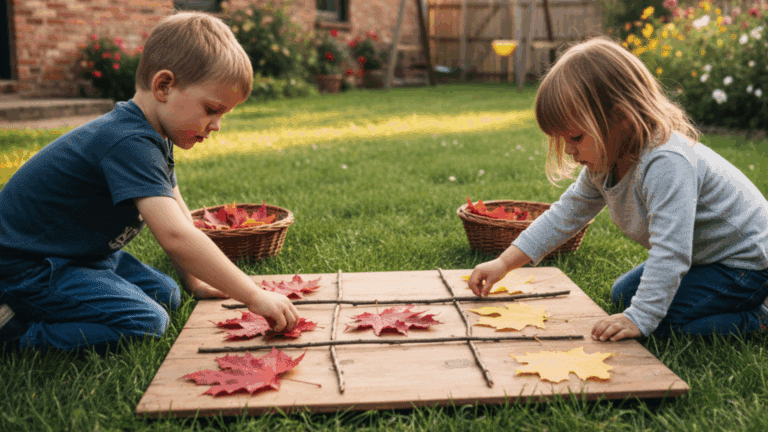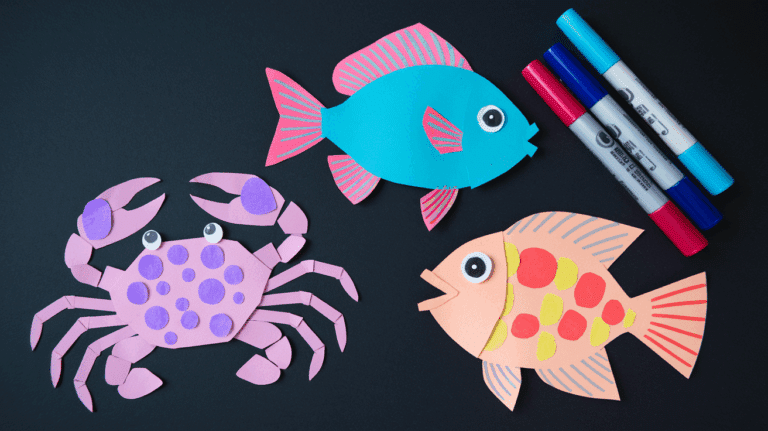Teaching young children to recognize sounds in words can feel overwhelming for many parents and teachers. Most preschoolers are just beginning to understand how language works. They need fun, engaging ways to build these important pre-reading skills.
We promise you’ll find simple activities that make phonological awareness enjoyable for little ones. These games don’t require expensive materials or teaching degrees. Just creativity and patience.
This blog shares phonological awareness activities for preschoolers. You’ll learn rhyming games, sound matching exercises, and syllable activities. Each one helps children develop the foundation they need for reading success.
Benefits of Phonological Awareness Activities for Preschoolers
Phonological awareness activities are a crucial part of early childhood education, especially for preschoolers.
These playful and interactive exercises help children recognize and manipulate the sounds in spoken language, laying a strong foundation for reading and writing skills.
1. Foundation for Reading and Spelling
Phonological awareness helps children understand that spoken words are made up of smaller sounds, which is essential for learning to read and spell.
2. Improved Vocabulary and Language Skills
Children with strong phonological awareness tend to have larger vocabularies and better listening comprehension, supporting overall language development.
3. Enhanced Phonics Understanding
These activities build the capacity to connect sounds with letters, making it easier for children to grasp phonics when they begin formal reading instruction.
4. Better Academic Success
Early development of phonological awareness is linked to higher achievement in other literacy areas, such as grammar and comprehension, and overall academic performance.
5. Prevention of Reading Difficulties
Instruction in phonological awareness can reduce and even prevent reading and spelling difficulties later on.
6. Supports Playful and Engaged Learning
Phonological awareness activities can be integrated into daily routines through games, songs, and playful interactions, making learning enjoyable and effective for young children.
7. Developmentally Appropriate and Inclusive
Research shows that well-designed phonological awareness instruction benefits children of varying skill levels and can be effectively incorporated into developmentally appropriate preschool curricula.
Phonological Awareness Activities for Preschoolers
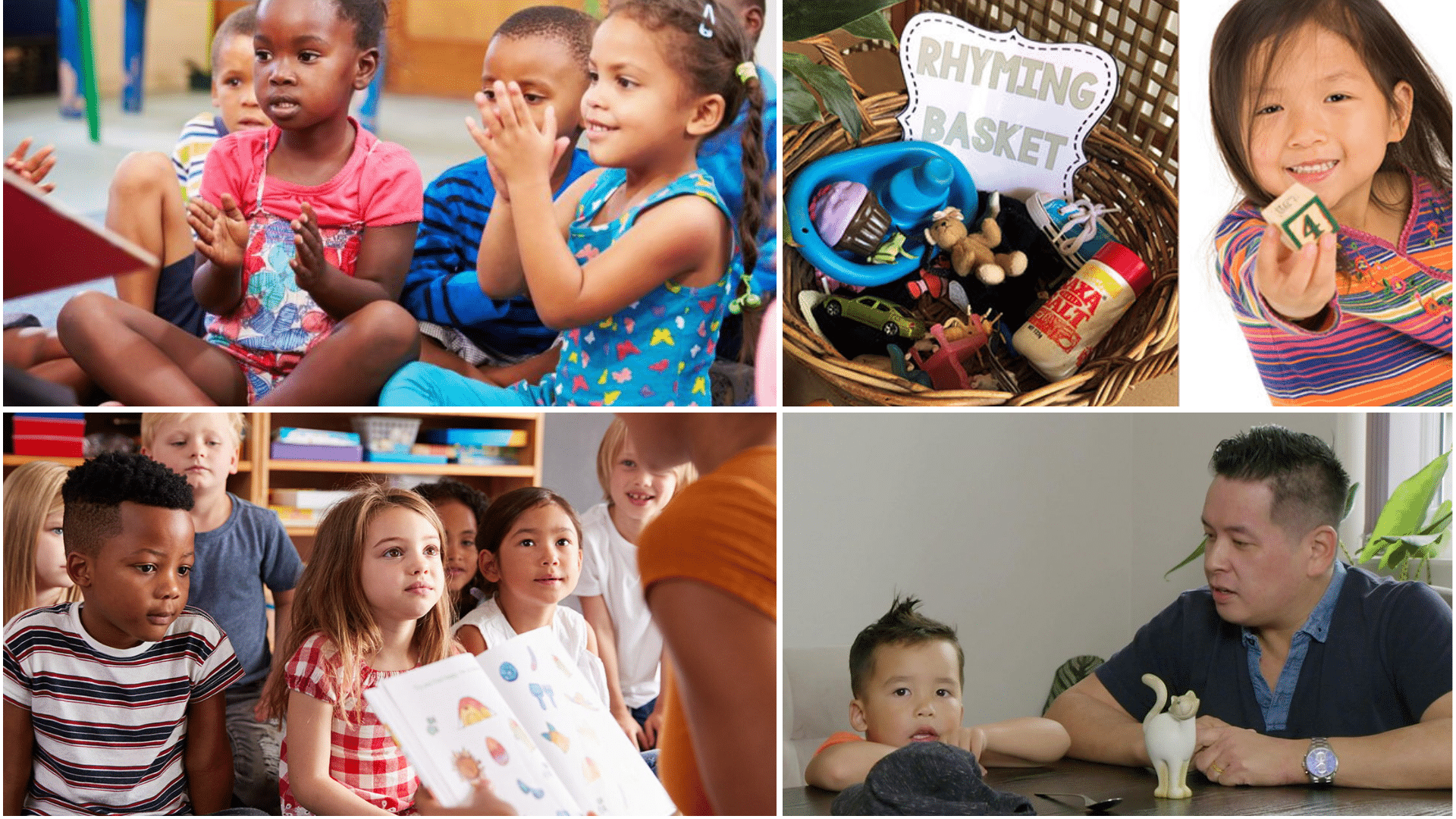
Phonological awareness is crucial for preschoolers as it lays the foundation for reading and writing. Engaging activities can make learning sounds and words fun, interactive, and effective.
The following are phonological awareness activities for preschoolers.
1. Rhyming Basket
Children learn to recognize rhyming words by sorting objects or pictures that rhyme. This activity helps them tune into sound patterns, boosting their listening and matching skills in a playful, hands-on way.
How to Play:
Gather a basket filled with small objects or picture cards (e.g., cat, bat, hat, dog, log, frog). Ask children to pick an item and find another that rhymes with it. Encourage them to say the words aloud and listen for the matching ending sounds. Celebrate correct matches and discuss any mismatches, reinforcing the concept of rhyming through repetition and fun.
2. Syllable Clapping
Clapping out syllables in words helps children break words into parts. This activity strengthens their ability to hear and count syllables, which is a key phonological skill for early literacy development.
How to Play:
Say a word aloud (e.g., “banana”). Ask the child to repeat the word and clap for each syllable: ba-na-na (three claps). Practice with different words, increasing complexity as they improve. Use familiar names, foods, or animals to keep it engaging. Encourage children to guess the number of claps before trying, making it a fun challenge and group activity.
3. Sound Sorting
Sorting objects or pictures by their beginning sounds helps children identify and differentiate initial phonemes. This builds early sound-letter awareness and prepares them for reading.
How to Play:
Provide a set of objects or pictures and two labeled bins (e.g., “B” and “D”). Say the names together, emphasizing the first sound. Ask children to sort each item into the correct bin based on its starting sound. Discuss the sounds as you go, reinforcing the connection between objects and their initial phonemes. Rotate the sounds regularly for variety and challenge.
4. Mystery Sound Box
This activity sharpens listening skills by having children guess objects based on the sounds they make. It encourages careful attention to environmental and spoken sounds.
How to Play:
Place various noise-making objects (e.g., keys, paper, bell) in a box. Without looking, let a child pick an object and make its sound. The rest of the group listens and guesses what made the noise. After guessing, reveal the object and discuss its sound. Rotate roles so everyone gets a turn, promoting active listening and participation.
5. Alliteration Train
Alliteration helps children recognize repeating initial sounds in words. This playful activity strengthens their awareness of sound patterns and vocabulary.
How to Play:
Start by saying a word (e.g., “sun”). Ask the next child to add a word beginning with the same sound (e.g., “sock”), forming a train of words. Continue around the group, each child adding a new word with the same starting sound. If someone gets stuck, offer hints or start a new sound. Celebrate long trains and creative word choices together.
6. Odd One Out
Children listen to a set of words and pick the one that doesn’t share an initial, medial, or final sound. This sharpens their ability to compare and contrast sounds in words.
How to Play:
Say three words aloud (e.g., “cat, car, dog”). Ask the child which word sounds different at the beginning. Discuss why the odd word is different. Vary the position of the differing sound (beginning, middle, or end) for more challenge. Use pictures for support if needed, and encourage children to explain their choices.
7. Sound Hopscotch
Combining movement with sound recognition, this game keeps children active while practicing phonological skills. It’s great for kinesthetic learners and group play.
How to Play:
Draw a hopscotch grid and write a letter or place a picture in each square. Call out a sound or show a picture, and have the child hop to the matching square. Encourage them to say the sound or word aloud as they land. Rotate turns and mix up the sounds or pictures for variety, making it a lively and educational game.
8. Segmenting Snacks
Segmenting words into individual sounds helps children understand how words are built. Using snacks makes the activity hands-on and motivating.
How to Play:
Give each child a small pile of snacks (e.g., crackers). Say a simple word (e.g., “cat”). As you say each sound (/c/ /a/ /t/), the child moves one snack for each sound. After segmenting, they can eat the snacks. Repeat with new words, adjusting the difficulty as needed. This multisensory approach reinforces sound segmentation in a fun way.
9. Rhyme Time Songs
Singing songs with rhymes helps children hear and predict rhyming words. Music and repetition make this activity enjoyable and memorable.
How to Play:
Choose a familiar song or nursery rhyme with rhyming lines (e.g., “Twinkle, Twinkle, Little Star”). Sing together, emphasizing the rhyming words. Pause before the rhyme and let children fill in the missing word. Create silly new verses together, encouraging creativity and laughter. Repeat regularly to reinforce rhyming and memory skills.
10. Phoneme Deletion Game
This activity challenges children to manipulate sounds within words, a higher-level phonological skill. It helps them understand how removing sounds changes words.
How to Play:
Say a word (e.g., “bat”). Ask the child to say it without the first sound (“at”). Try with final sounds or middle sounds for more challenge. Use pictures for support and repeat with different words. Discuss how the word changes, helping children hear and understand the impact of sound manipulation in language.
11. Listening Walk
A listening walk builds awareness of environmental sounds, which supports overall phonological development. It encourages mindfulness and careful listening.
How to Play:
Take children on a walk indoors or outdoors. Ask them to listen quietly and identify different sounds (e.g., birds, cars, footsteps). After the walk, discuss what they heard and try to imitate the sounds together. Use a checklist or draw pictures of the sounds for extra engagement. Repeat regularly to develop attentive listening and sound discrimination skills
Tips for Making Phonological Awareness Activities Engaging
Phonological awareness activities are most effective when they capture preschoolers’ natural curiosity and energy. Making these phonological awareness activities for preschoolers engaging helps children stay motivated and supports deeper learning of sound structures in language.
- Incorporate Play and Movement: Use games, songs, and physical actions like clapping syllables or “Head-Waist-Toes” to make learning active and fun.
- Embed Activities in Daily Routines: Integrate phonological awareness into everyday moments such as snack time, transitions, or storytime to make learning natural and continuous.
- Leverage Rhymes and Alliteration: Sing nursery rhymes, read books rich in rhyming and alliteration, and play rhyming games to develop sound sensitivity enjoyably.
- Encourage Sound Exploration: Play “What’s that Sound?” or “Same or Different?” games to help children focus on environmental sounds and phoneme distinctions.
- Model Correct Sound Production: Demonstrate clear pronunciation and sound manipulation so children can imitate and internalize correct phonological patterns.
Wrapping It Up
These phonological awareness activities for preschoolers change learning through play for your preschooler.
Simple games like rhyme time and sound hunts build critical skills without stress or pressure. Your child develops listening abilities, language skills, and reading readiness through fun interactions.
Remember, every child learns at their own pace. Some may master rhyming quickly, while others need more time with syllable clapping. That’s perfectly normal. The key is consistency and patience.
Start with one or two activities that match your child’s interests. If they love animals, try animal sound games first. If they enjoy music, focus on rhythm and clapping exercises.


